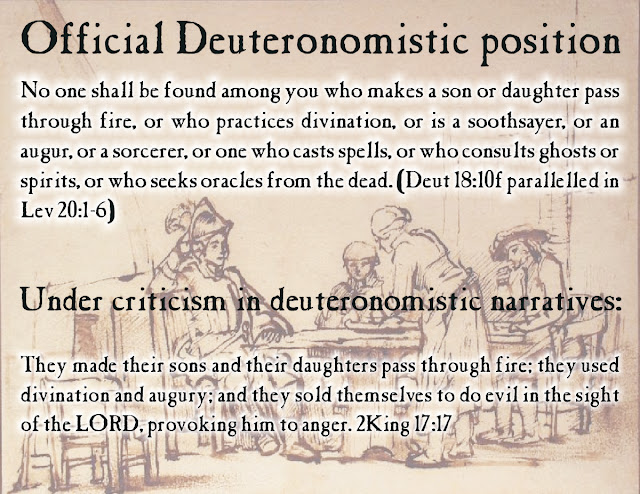Short outline of the presentation
What's wrong with magic? Biblical Oracles: Rediscovering many surprising biblical divination practices.
 |
| These are some possible examples of residual phyllomancy practices. |
 |
| Two slides dedicated to examples of biblical incubation. |
 |
| Augury is generally associated with Hellenistic and Roman times. A hint of augury in Ecclesiastes fits well with its authorship often being dated quite late in this period. |
On the surface, the Bible dismisses most of the magic and divination as illicit practices. Under the surface (hidden and partly censored by the later editorial work) is a vibrant landscape of diverse magical practices, which were never reserved only for the so-called popular religion, they were practiced in the royal court as well as in official religious sanctuaries.
In different stages and to a different degree, magic was integral part of biblical stories. Later editors, influenced by the ascending orthodoxy, attempted to hide this reality, but never truly succeeded.












2 comments:
I absolutely love this. thank you.
At whatever point they land at a perfect surface, they start to develop and deliver earthy and blackish stains. It as a rule develops on surfaces like dividers, structures, furniture, garments and even nourishment. uklon črne magije
Post a Comment